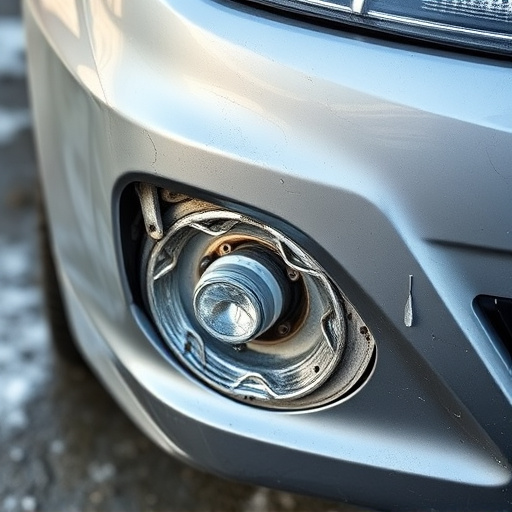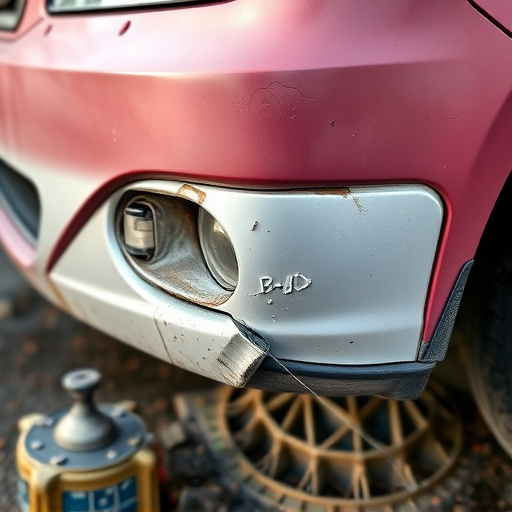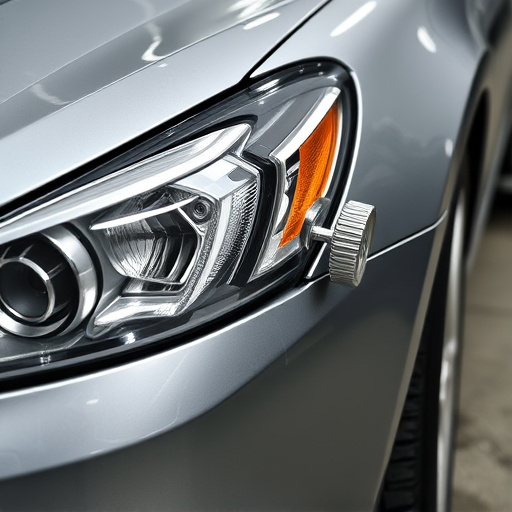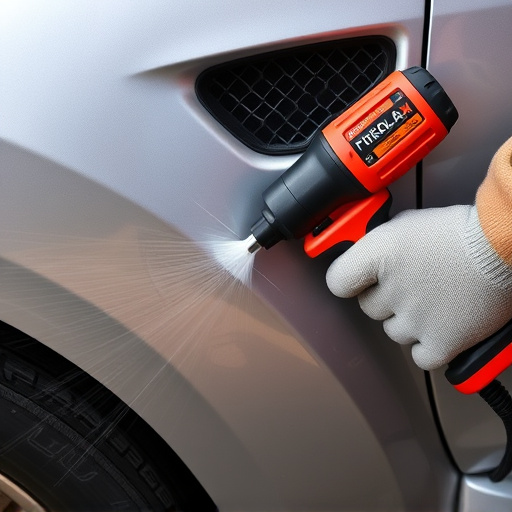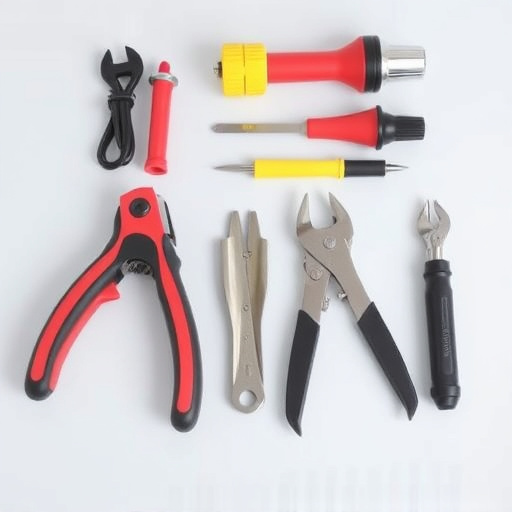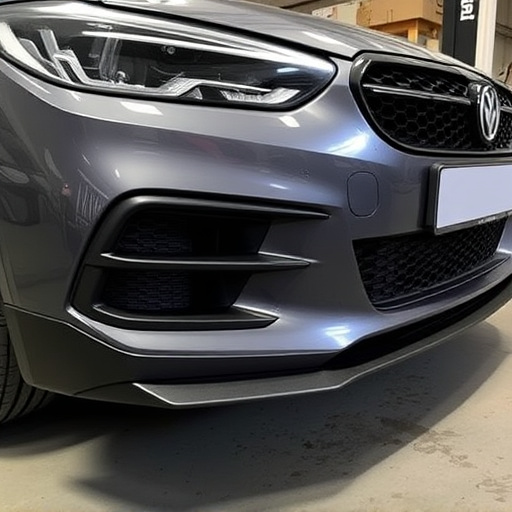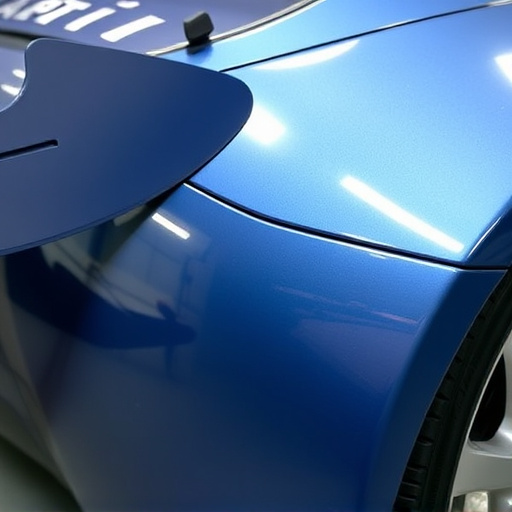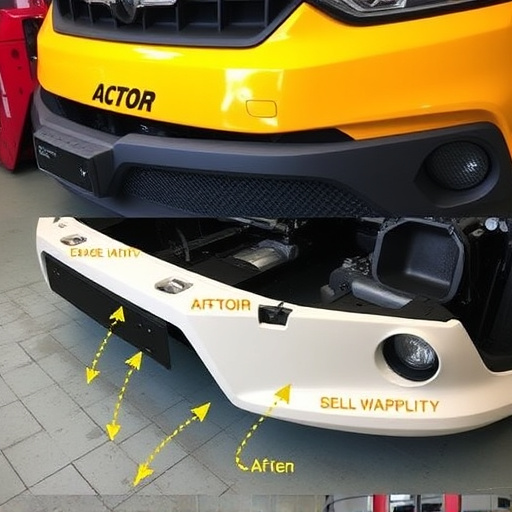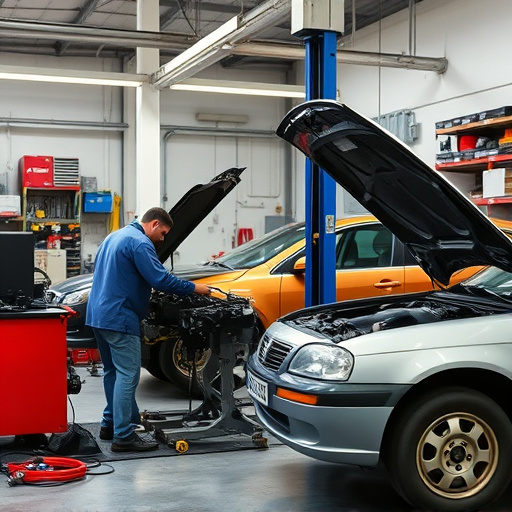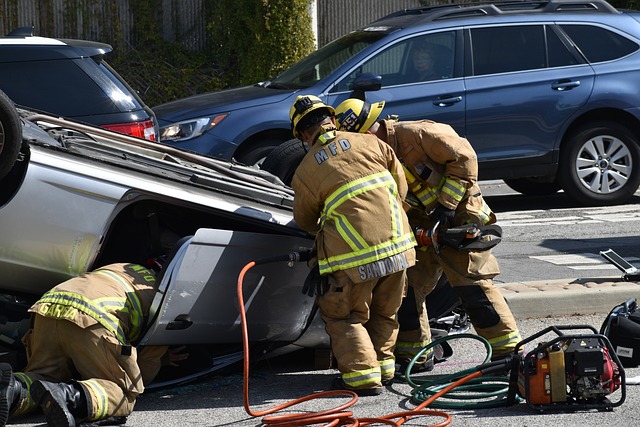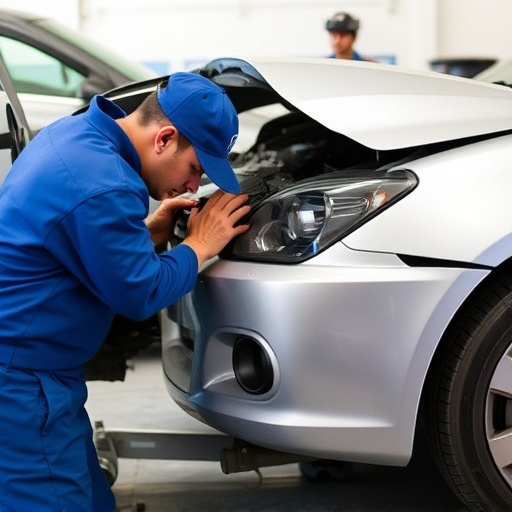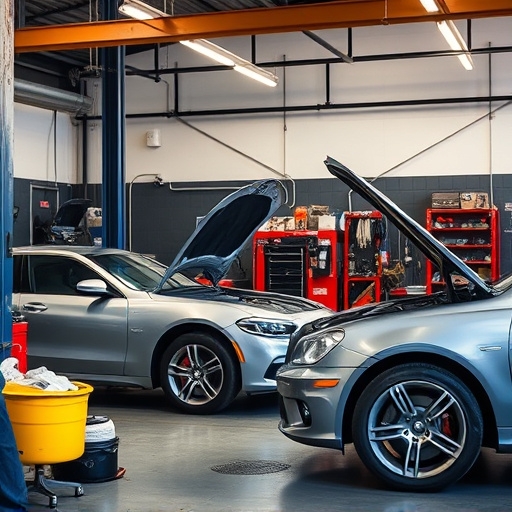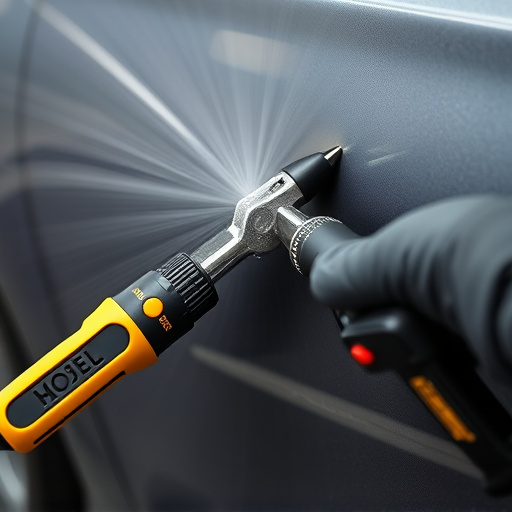Mercedes gap measurement is a crucial process in automotive design, ensuring aerodynamic efficiency by controlling body component gaps. Precise measurements maintain visual consistency and aesthetic appeal, while also minimizing drag and enhancing vehicle performance. In repair, accurate gap measurements ensure restoration quality comparable to new, with precision vital for high-end brands like Mercedes.
Mercedes-Benz is renowned for its commitment to aerodynamic efficiency and aesthetic appeal. Central to achieving these goals is the meticulous practice of Mercedes gap measurement. This precise technique ensures consistent air flow over vehicles, enhancing performance while maintaining a visually harmonious design. The article explores how Mercedes gap measurement plays a pivotal role in both aerodynamic optimization and visual consistency across the brand’s lineup, delving into its key aspects and significance for automotive design.
- Mercedes Gap Measurement: Key to Aerodynamic Efficiency
- Visual Consistency: The Mercedes Standard
- Measuring for Precision in Automotive Design
Mercedes Gap Measurement: Key to Aerodynamic Efficiency

Mercedes Gap Measurement: Key to Aerodynamic Efficiency
Precision is paramount in automotive design and manufacturing, especially when it comes to achieving aerodynamic excellence. Mercedes gap measurement plays a pivotal role in ensuring every curve, contour, and joint on an automobile contributes to streamlined performance. This meticulous process involves evaluating the gaps between various components of the car’s body, from panel junctions to edge alignments. By consistently maintaining these gaps within specified parameters, automotive manufacturers like Mercedes can minimize drag, optimize airflow, and enhance overall vehicle efficiency.
In the realm of automotive body work and car bodywork, even seemingly insignificant gaps can significantly impact a vehicle’s aerodynamic capabilities. Skilled technicians employ specialized tools to measure and adjust these intervals, ensuring the car’s exterior forms a seamless, efficient profile as air flows around it. This attention to detail is crucial not only for reducing drag but also for maintaining visual consistency that defines Mercedes’ iconic design language.
Visual Consistency: The Mercedes Standard
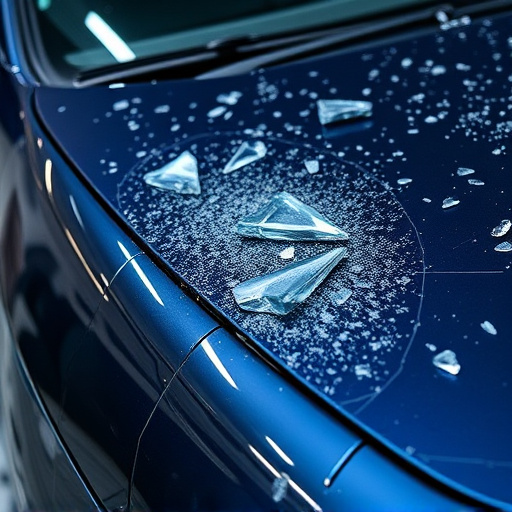
Mercedes is renowned for its meticulous attention to detail, and this dedication extends to maintaining visual consistency across its diverse vehicle lineup. When it comes to Mercedes gap measurement, the brand sets a high standard, ensuring that every car possesses a harmonious aesthetic flow. This precision is not merely an aesthetic choice but a functional one too, as it contributes to the overall aerodynamic efficiency of the vehicles.
The Mercedes Standard for gap measurement involves meticulous calculations and precise techniques to create seamless interfaces between various car components. From body panels to trim pieces, every element is positioned with accuracy, preventing unsightly gaps or overlaps that could disrupt the sleek lines and modern design language associated with Mercedes-Benz. This commitment to visual consistency not only makes their vehicles instantly recognizable but also sets a benchmark for quality in the automotive industry, especially in the realm of vehicle repair, where achieving such precision during gap measurement is crucial for ensuring a seamless restoration, akin to repairing a minor car scratch compared to a major collision repair.
Measuring for Precision in Automotive Design
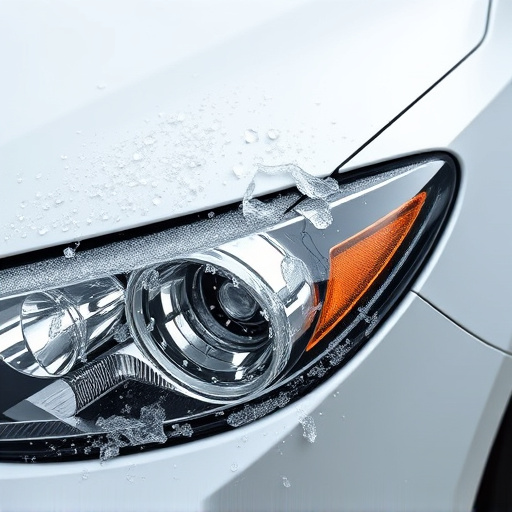
In the realm of automotive design, precision is paramount, especially when it comes to maintaining aerodynamic and visual consistency across brands like Mercedes. Measuring for precision in auto body services involves a meticulous process that begins with taking accurate Mercedes gap measurements. These measurements ensure every curve, line, and contour aligns perfectly, contributing to both the car’s sleek appearance and its optimal performance on the road.
Frame straightening plays a crucial role here, as it corrects any deviations or dents in the vehicle’s body panels. This meticulous process, often coupled with advanced technologies and expert craftsmanship, is essential for achieving the kind of visual symmetry and structural integrity that defines premium vehicles like Mercedes. Similarly, in the context of car restoration, precise Mercedes gap measurement techniques are employed to revive classic models while preserving their original aesthetic and engineering excellence.
Mercedes gap measurement plays a pivotal role in achieving both aerodynamic efficiency and visual consistency. By maintaining precise gaps between components, automotive designers ensure optimal airflow and a sleek, uniform appearance that aligns with the Mercedes standard. This meticulous approach to measuring and managing gaps is not just about aesthetics; it’s a key driver for performance and market appeal in today’s competitive automotive landscape.
